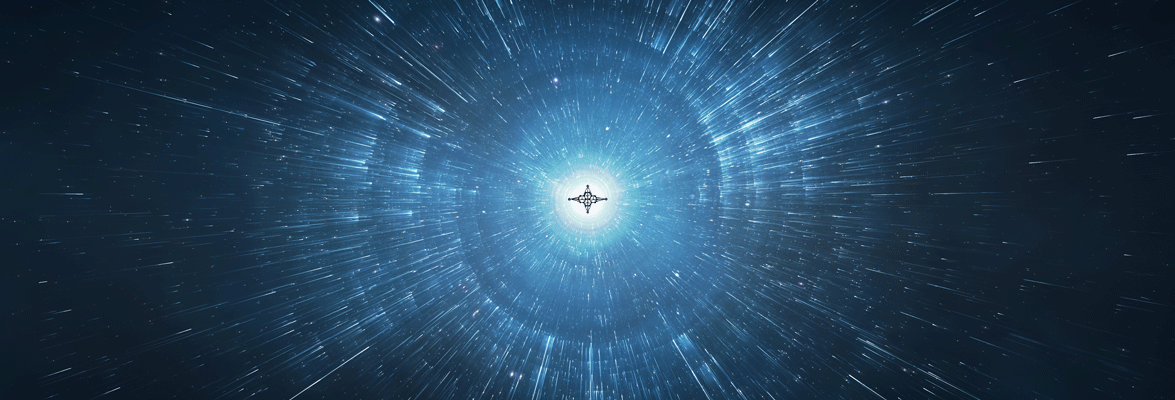LIFE FORMS
Except for its blue sky and white clouds, the natural surface of Genesis looks more like Earth’s moon or Mars than a habitable planet. Not one tree or one blade of grass breaks the monotonous expanse of cold grey rock, stony rubble and sand. No native animals, not even the smallest insect-like creatures, scurry across the empty waste. There is no food, no soil, no single living thing!
If ancient space travellers had landed on Earth half a billion years ago, they would have viewed a similar scene. Life on all habitable planets began in the sea. Genesis is such a world in its earliest stage of development; so its only life exists in the oceans. Because life evolves from the simple to the complex, most life on this young planet seems elementary when compared with the other colony worlds.
Marine Life
Sea life consists mainly of microorganisms. These tiny monocellular species fill all the functions in the life cycle from tiny one-celled photosynthetic plants, resembling Earth’s diatoms, to tiny bacteria- like creatures that consume the dead remains of plants and animals. Larger plants take the forms of simple seaweed while still other small plants containing only a few thousand cells float freely in the water. Animals range in structure from tiny multicellular free-floaters and larger free-floaters resembling jellyfish to numerous species of tiny animals with external skeletons. The latter creatures, called trilobuloj, look like the trilobites which dominated Earth’s seas in the Cambrian period, 500 million years ago. Earth’s phylum of arthropods, which today includes lobsters, insects, and spiders, traces its ancestry to the trilobites. All animals on Genesis exhibit extremely simple behavior patterns; they have few instincts apart from the desire to eat and avoid being eaten. Complex adaptations like the spider’s web, the hermit crab’s borrowed shell, and the symbiosis between ants and aphids have not even begun to emerge.
